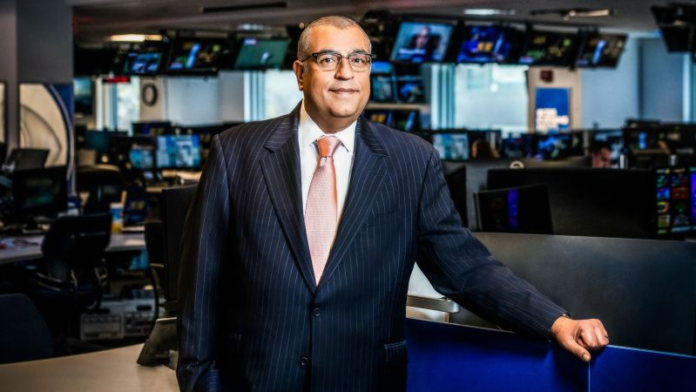Editor’s Note: A version of this article first appeared in the “Reliable Sources” newsletter. Sign up for the daily digest chronicling the evolving media landscape here.
CNN —
It’s been a tough year to be a television news chief.
Eight months into 2023, and the year has been merciless to the handful of executives tasked with leading the nation’s most prized and recognizable news brands through one of the most tumultuous periods in industry history.
Chris Licht was fired from CNN after a turbulent run as chief executive and replaced with an interim leadership team of four; Noah Oppenheim stepped down as president of NBC News and his position was split into three; Kim Godwin remains atop ABC News, though she has been battling less-than-ideal morale and in recent weeks grappling with the fact that her boss, Bob Iger, has publicly floated selling the network; and Suzanne Scott, if you view her as a “news” executive, has had to deal with the voluminous fallout stemming from Fox News’ 2020 election lies, including a historic $787 million settlement to Dominion Voting Systems.
Enter Neeraj Khemlani, who stepped down on Sunday as co-president of CBS News after leading the network’s journalists for a little more than two years. Khemlani, I’m told, was under pressure to exit the role after a series of complaints about his behavior and managerial style. In his place, CBS announced Monday that Wendy McMahon will be chief executive and president of CBS News, the network’s local stations, and CBS Media Ventures. Ingrid Ciprian-Matthews, a veteran journalist and executive, was named as co-president.
The industry had, in effect, spit out another television news boss.
Helming a television news network, brimming with hundreds — if not thousands — of employees, is strenuous on a normal day. There are colossal egos to manage, painstaking editorial decisions that must be made, and harsh business realities to juggle. But coupled with the additional unsparing headwinds wreaking havoc on the entire industry, the job is downright Herculean.
The formidable task is reflective of the extraordinary challenges traditional media outlets are facing amid a period of rapid and existential change to their business models and advertising woes. In effect, television news chiefs are struggling to lead outlets that are themselves, broadly speaking, struggling to find a footing in an evolving landscape.
The secular decline of linear television has accelerated at a faster pace than many observers had anticipated, applying high levels of pressure upon the industry to hastily adapt to the streaming era and hulk up on digital platforms.
Meanwhile, amid the rapid change on the distribution and business fronts, news outlets have been thrown into stormy editorial seas, with the US political landscape being consumed in ugly chaos spurred by the anti-democratic trends transpiring within the GOP.
Increasingly, there is no longer a single powerful media executive tasked with solving for the less-than-ideal set of circumstances. Instead, there is a growing trend in corporate owner ranks of splitting up responsibilities across several executives, all of whom lack the larger-than-life gravitas of the television boss of yesteryear. As one former television news executive put it to me earlier this year, the industry has a case of the “incredible shrinking news president.”
In a conversation Monday with another former television news executive, who requested anonymity to speak candidly, this reality again arose. The industry veteran noted that there is less of a focus on making splashy — perhaps at times risky — moves to build for the future among the C-suite ranks. Instead, there is a mounting emphasis on slashing costs to best position the mammoth media companies for the inevitable decline of linear television.
“It’s about how do we strip this thing down to its barest bones,” the former executive said, grimly adding, “The reality of the day-to-day for these executives is that they are managing the corporate politics of their institutions and overseeing cost cutting as the top lines decline.”


